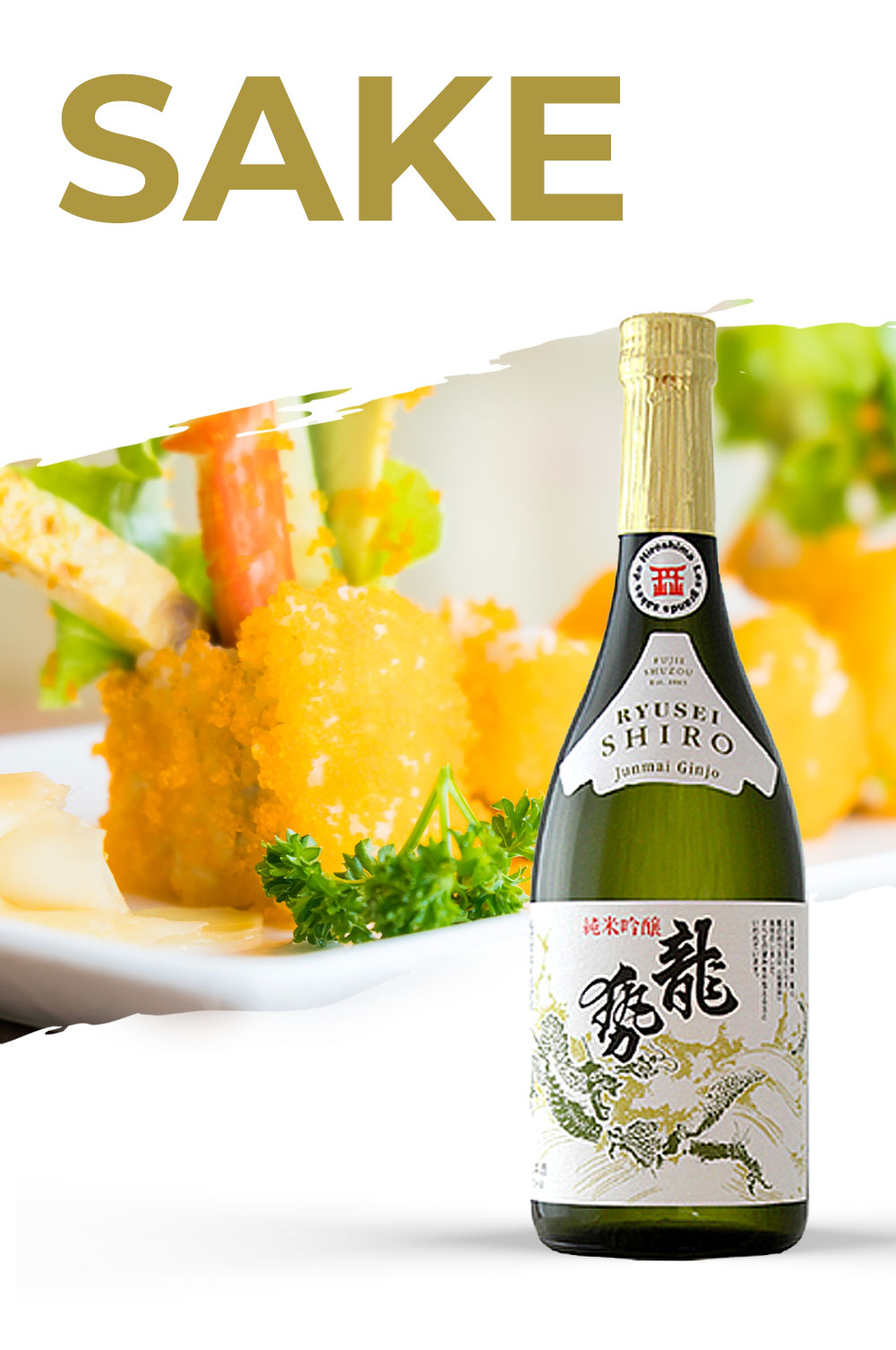
Often, we are unsure about how to drink sake. Sake is delicious with various Japanese cuisine dishes, but not only! And it can be consumed chilled, at room temperature, or warm, depending on personal preference and the meal prepared. It’s time to learn more about sake food pairings.
Did you know that the aromatic profile of sake distinguishes it from wine due to its greater complexity, especially in the flavors it brings? That sake covers the four tastes much better than wine: bitterness, sweetness, acidity, and spices? That sake also contains 2 to 3 times more “Umami” than wine, this fifth taste that can be identified as “delicious, savory” and lasts longer than other flavors? Or that sake can be consumed both alone and with dishes from Japanese cuisine and from around the world?
Sake is made from rice, water, and koji, this famous microscopic fungus that allows the starch contained in rice grains to turn into sugar and then into alcohol. Sake is, therefore, a 100% natural beverage.
There are many ways to consume your sake nowadays – and everyone has their own preferences, all legitimate!
While there is no absolute consensus, here are some tips:
To each sake, its glass and its tasting temperature:
For an aromatic sake, choose a tulip glass and serve it chilled (called “reishu”), around 13°C like white wine.
To accompany a hot meal, or in the case of a tasting sake, heat it in a water bath and serve it between 42 and 45°C – the temperature increases the sweetness of the sake and reduces its acidity. Do not hesitate to serve it in a small ceramic vessel (an ochoko – a small traditional sake cup).
The aroma wheel:
Taste your sake as you would taste wine and let yourself be seduced by some of the sake aromas:
Fruity – look for yellow fruits, dried fruits, fruits with peel, brown fruits, or white fruits, lychee, apple, citrus, elderberry.
Spices – sugar, praline, chocolate or pepper, smoked, mineral.
Floral – white flower, rose, honey.
Lactic – sweet rice, nougat, rice.
Vegetal – woods, mushroom, maple syrup, chestnut.
At Vinha, you will find a selection of quality sakes. Enjoy them with:
Hakuko Grâce – egg, couscous, chicken with mushrooms and cream, lamb chop, soft cheeses like Brillat-Savarin or Azeitão cheese, for example.
Kamoizumi Zoka – green asparagus, pumpkin, spinach and goat cheese tart, duck breast, soft cheeses like Mont d’Or cheese or a cheese from Serra, or with a dessert like Far Breton or an Abbot of Priscos Pudding.
Ryusei Nagomi – oysters, ceviche.
Ryusei Shiro – sea bass, gilt-head bream or cured cheeses like cheese from the Island, Vieille Mimolette, Parmigiano-Reggiano, Pecorino Romano.
Sempuku Junmaishu – ham, cucumber salad.
Sempuku Shinriki – sirloin steak, chocolate mousse, aged cheeses like Bleu d’Auvergne.
Unlike wine, sake does not age with time (except for koshu, which is an aged sake). It is recommended to consume it a few months after purchase. Also, it is important to store sake in a dark place because light can degrade its quality. If you want to consume your sake immediately, preferably refrigerate it. Once opened, a bottle of sake oxidizes like wine. Stored in the refrigerator, you can enjoy it for up to a week.
And now it’s time to experiment! Because sake is delicious with various Japanese cuisine dishes and more!
Check out this link for more information on sake food pairings.

